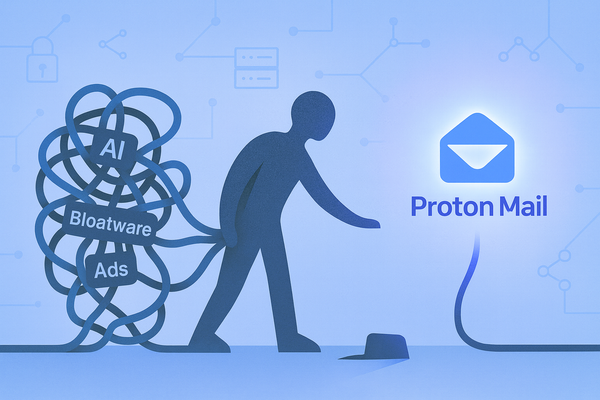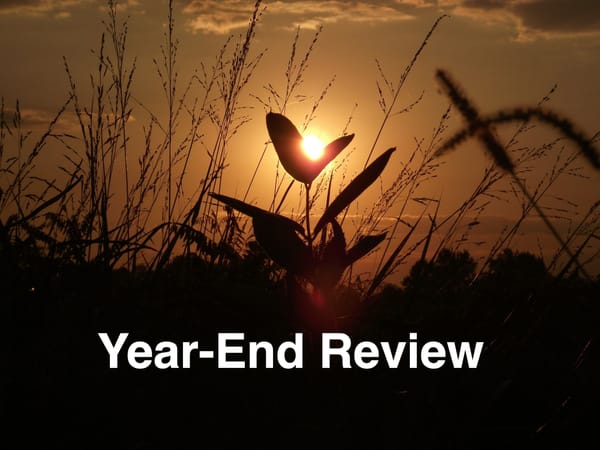Book Summary: Eat that Frog!
A summary of key concepts for clinical research consultants from the book Eat that Frog! by Brian Tracy.

The first book I ever read on productivity—and one of my favourite books—is Eat that Frog! by Brian Tracy.
Highly recommend for anyone starting and growing a clinical research consulting business.
There are many key concepts outlined in the book. This article will summarize the most relevant to clinical research consultants.
#1 Create Lists 🗒️
A great organizational tool to stay on track of sales and projects is lists.
I keep lists of my prospects and where they are in the sales pipeline, my ongoing projects, and the tasks within each project. I refer to this list many times a week.
You can also create a list at the start each day and identify the most important things that must be done. You can also create a list, at the end of the day, of the tasks that you need to focus on the next day.
#2 Prioritize ⭐
There are so many things we could be spending time on while running a clinical research consulting business, but only very few of them are worthy of attention.
The 80/20 rule is a good way to summarize this: roughly 20% of your tasks are high value and the remaining 80% are not important to start or grow your business.
Prioritizing tasks helps to uncover and focus on the 20% of tasks that will accelerate your business. These are going to be things that solve problems for your clients.
You can prioritize with letters (A, B, C) or numbers (1, 2, 3).
#3 Do Important Things First 1️⃣
The whole point of prioritizing tasks is to identify what is most important to focus on and what can be ignored.
But you need to actually execute in order of priority. You shouldn't be working on a low priority task when there are high priority items left unfinished.
This is not a productive use of your time and will hurt your clinical research consulting business in the short term and long term.
#4 Stop Procrastination 🚫
It is very easy to procrastinate on our most important tasks.
One way to beat procrastination is to just start. Or, as the book title alludes, Eat that Frog! Do the most important task first without procrastination.
Give yourself ten minutes to focus. Set a timer. I guarantee that after the timer buzzes you will already be focused on the task and won't want to stop.
Another way to beat procrastination is to minimize distractions. It takes an enormous amount of time to get back on track with a task after an interruption. It is in these moments that we can slip back into procrastination.
Two big distractions—and time sucks—are email and smart devices. Here are a few tips to avoid getting off track.
Email ✉️
This is a huge distraction for any clinical research consultant.
You will generally communicate with clients through lots of email, but email is a low priority task and getting distracted by it will hurt your business.
I summarized a few strategies in another article about productivity. The short version is that you can minimize distractions from email by turning off notifications, only checking email at a few set times per day, using email filters, and hiding your inbox on a separate desktop.
Smart Devices 📱
In addition to silencing email notifications on your desktop or laptop, you can minimize distractions by silencing all smart devices.
It is hard to stay focused if your phone is constantly vibrating or pinging with notifications. Or if your wrist is buzzing from your smart watch!
As with email, you can set aside a few times a day to check your smart devices.
#5 Small Steps🚶♀️
Every task can be broken down into smaller steps.
If you need to write an article, it can be broken down into sections. Rather than focusing on the whole article and getting overwhelmed, focus on one section, such as the introduction. When that is complete, move on to the next one.
If you work at things one step at a time, eventually you will accomplish what you set out to do.
As with tasks, the same is true for goals.
Is your goal to reach $100,000 in sales this year? Break it down. This means you need to earn ~$8333 per month, or $2083 per week. Reach your weekly and monthly sales targets and you will hit your yearly revenue goal!
#6 Never Stop Learning 🏫
You should always set aside time for continuous learning.
This could be upgrading your skills for the services that you currently offer. For example, getting better at writing with grammar courses or learning to touch type.
You could also upgrade your skills for services that you want to offer in the future. Do you currently offer website design? How about taking courses in content creation as well?
Learning Builds Confidence ☑️
Continuous learning has the added benefit of increasing your confidence.
Have you ever had thoughts like "Why would anyone want to work with me? I am so new to this." Or thought that you were one misstep away from being fired by your clients?
You could be experiencing imposter syndrome. Everybody feels this to some extent. However, by upgrading your skills you can fight the feeling.
Feeling inadequate can also make procrastination worse, so by upgrading your skills you can also make yourself more productive.
#7 Mistakes are Opportunities
Everyone will make mistake in life and in business.
How you learn from those mistakes will either help or hinder your clinical research consulting business.
If a project goes badly, and some might, try to figure out why. Did the client give off any red flags? Did you have the adequate time and skills to successfully complete the project? What happened that you didn't account for?
Summary
This article has summarized key ideas from the book Eat that Frog! by Brian Tracy. A great starter on productivity, this book should be considered by anyone starting and growing a clinical research consulting business.
If you found this information useful, please consider sharing. If you want more of this content, please consider subscribing. If you have insights of your own please consider reaching out to me. Get in touch!




